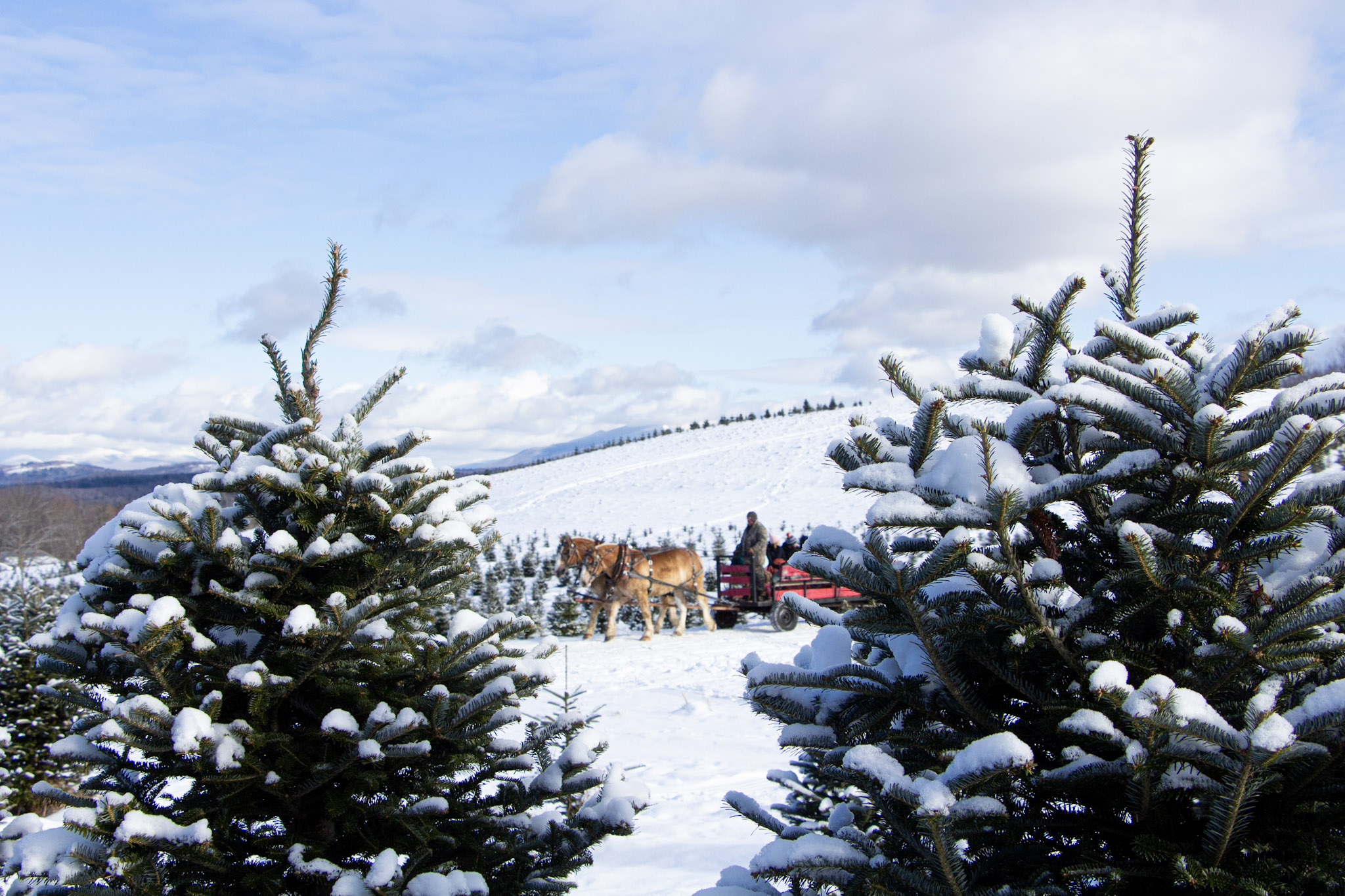How Good Forestry Can Make for Better Baseball
- Tags:
- Working Forests
Anyone who has played baseball or softball knows the feeling of hitting the sweet spot. When bat meets ball dead-on, it’s as if the ball isn’t even there. It’s perfect nothing. The solidity of the contact between the wooden barrel of the bat and the leather of the ball—with its 108 stitches--is joyous.
And for anyone who watches baseball, it’s the sound. That inimitable crack of the bat, like a single-serving of lightning.
Major League pitchers throw fastballs more than 90 miles an hour. A few can top 100. That forces hitters to anticipate (someone said of the great Sandy Koufax that to hit his fastball you had to start swinging when you saw him leave the dugout and head to the mound). It also forces hitters to seek every possible advantage when it comes to batspeed—how fast they can swing 36 ounces or so of wooden bat.
Such is the force of the collision between bat and ball that sometimes the bat literally cracks, sending shards hurtling toward players or into the stands filled with people. Just a few weeks ago a fan in Fenway took a shot to the face from the broken bat of Oakland Athletics Brett Lawrie. Thankfully, she seems to be recovering.
But that incident has reignited the debate over safety concerns stemming from broken bats, how bats are made, and what wood is used to make them.
Babe Ruth used bats made of hickory. That’s a species more prevalent south of here, but we do find it in places in southern New Hampshire.
If you inherited a few golf clubs from your great grandparents you might have seen hickory-shafted golf clubs, which tells you that hickory has strength and flexibility. It’s hard, too, so it can give a moving baseball a good bashing. The records of Ruth’s bat orders even reveal that he was looking for “plenty of knots” in his bats, on the theory that knots in wood are even harder than clear wood. (These days bat makers promote their use of “veneer-grade” wood, free and clear of such defects.) But hickory is also relatively heavy. Thus as the 20th century wore on, bat makers and ball players started using ash more often. It’s been plentiful, grows in New Hampshire (though now threatened by the Emerald Ash Borer), grows straight, and makes a nice bat. If there’s a disadvantage, it’s that when you take a stick of ash and whack it repeatedly against a 95mph fastball, it has a tendency to delaminate, or ‘flake’, along the growth rings that make up the grain.
Then maple bats started gaining favor. Reportedly, the turning point was in 2001 when Barry Bonds hit 73 homers using a maple bat. Turns out he was apparently using more than that to gain bat speed, but at the time other players started stocking the bat rack with maple. They felt it was harder than ash (the science says that’s debatable), and its tighter grain kept if from delaminating in the same way as ash.
However, the result was more bats than ever snapping like matchsticks. Where ash delaminates, when a maple bat fails it often fails suddenly and catastrophically, fracturing into pieces—sending heavy fragments of wood flying into the stands. It was an epidemic.
That in turn spawned a variety of theories, such as: Players were asking bat manufacturers to keep bat handles thin in order to concentrate weight and mass in the barrel; or, modern sources of wood were from second, third or fourth growth forests and the quality just wasn’t the same.
After a fan was badly injured in 2008, Major League Baseball teamed with the US Forest Service to find some real answers. And they did, thanks to research led by Dave Kretschmann, who subsequently made a number of recommendations that led to a 50 percent reduction in what they like to call “multiple piece fractures”, or MPF.
“Most of my initial recommendations addressed "slope of grain" issues," Kretschmann said in a press release. Slope of grain refers to the straightness of the wood grain along the length of a bat. The straighter the grain, the less likely it will break.
And what’s a way to promote straight grain? In a forest, it will be influenced by the conditions under which the tree grows, says George Frame, the Forest Society’s senior director of forestry.
“The more consistent the taper through the height of the tree the straighter the tree grain because of uniformity of rings around the tree stem,” Frame said. “ The more uniform the taper the straighter the tree will grow, with no bumps, twists etc.”
His point being that if you can improve the conditions of growth, you can improve the tree. And you can improve the conditions of growth through good forestry.
So there you have it. Good forestry is the ticket to better baseball.
In the meantime, this season the Red Sox have their own recipe for ensuring fewer fan injuries from broken bats. Ash, maple or hickory, in the Red Sox players hands the bats are all equal in generating little more than a good breeze at the plate.
Jack Savage is the executive editor of Forest Notes, the quarterly magazine of the Society for the Protection of New Hampshire Forests. He can be reached at jsavage@forestsociety.org, or follow him on twitter at @JackatSPNHF.
